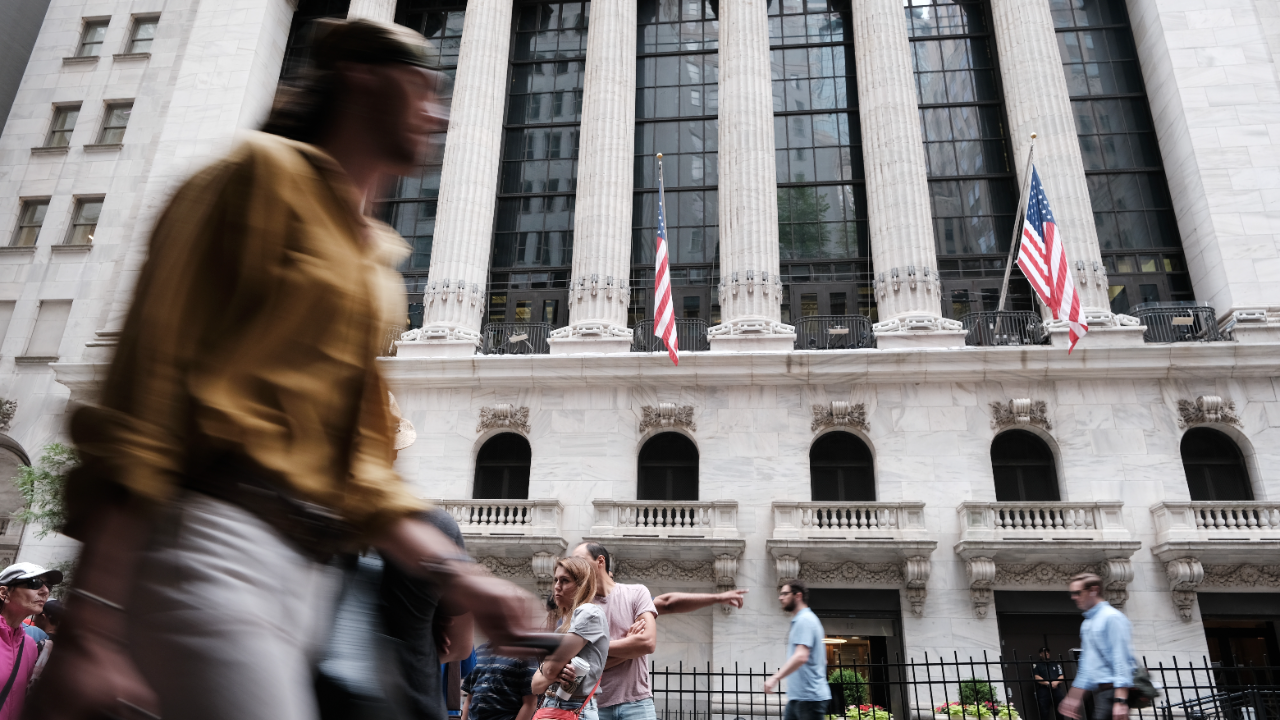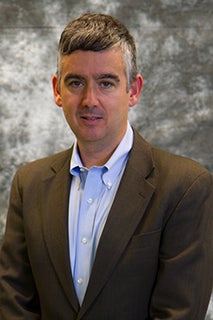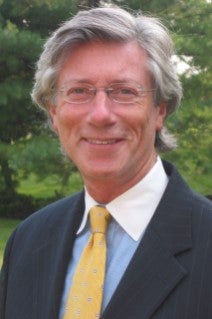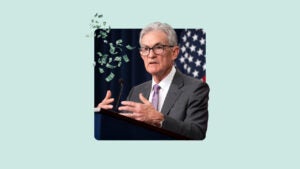Survey: Experts see higher unemployment and job growth slowdown as recession risks rise

Experts in Bankrate’s Second-Quarter Economic Indicator poll see employers adding an average 193,000 new positions each month over the next year. That’s a dramatic slowdown from the 281,000 jobs forecasted for the year ahead in the prior quarter’s poll.
Notably, no economist projected that job gains would keep up with the past year’s 545,000 average monthly pace. Yet, respondents’ monthly job gain forecasts were still wide-ranging, from a high of 300,000 to a low of just 33,000. The largest cluster of respondents (65 percent) expect job growth to range between 100,000 and 200,000 on average each month over the next year.
Meanwhile, respondents anticipate the unemployment rate to edge up slightly to 4.2 percent compared with its current 3.6 percent level from May.
While those forecasts are worrisome, the job market is still projected to remain historically robust even as recession odds mount. During the Great Recession, unemployment surged to a high of 10 percent, while joblessness during the coronavirus crisis skyrocketed to an even higher 14.7 percent.
“With the recent experience of heightened and sustained inflation, and an abundance of uncertainty over the intermediate term, there’s a great deal of concern about the economic outlook, including the possibility of recession,” says Mark Hamrick, Bankrate senior economic analyst. “At the same time, forecasts for a stable job market over the next year should provide some measure of confidence, if they were to hold up.”
Forecasts and analysis:
- There’s a 52% chance of an upcoming recession, top economists say
- Experts see higher unemployment and job growth slowdown as recession risks rise
- Has inflation peaked? Here’s what the nation’s top economists say
Why the job market is slowing
Part of the reason why the Great Recession hurt the job market so severely is because it was a financial crisis. Businesses faced a gloomy outlook and had to clear bad debt before hiring more workers.
This time, however, the Fed is hiking interest rates in a different environment — one where employers have 11 million open positions, which outnumber the amount of jobless workers by almost two to one. Fed Chair Jerome Powell has said he hopes it means the labor market is in a strong enough position to handle tighter monetary policy.
“It would be one of the most unusual recessions — if it [the economy] does technically reach it — in that there are worker shortages,” says Lawrence Yun, chief economist at the National Association of Realtors. “Some industries will lay off workers, but there could still be more job openings than the number unemployed throughout the recession.”
But as recession risks rise (economists in Bankrate’s poll put the odds at 52 percent), hiring will naturally slow, leading to economists’ lower forecasts.
One silver lining: Subdued hiring could also weigh on demand enough to ease price pressures, which could give the Fed some leeway to eventually start reducing borrowing costs if the outlook significantly worsens.
“The Fed will achieve its inflation goal by the end of 2023 and will quickly have to start easing policy in order to bring down unemployment that will rise due to their current tightening regime,” says Yelena Maleyev, an economist at Grant Thornton who’s projecting the lowest average monthly job gain of 33,000. “We see rates hitting 4 percent before having to come down to their neutral level of around 2 percent in 2024.”
When prices ultimately cool, however, is the ultimate concern. The Fed could be backed into a corner if inflation remains high while unemployment also starts to increase — an unusual economic environment known as “stagflation.”
“Stagflation would be a nightmare for the Fed,” says Ryan Sweet, senior director of economic research at Moody’s Analytics. “To address high inflation, the central bank would need to tighten monetary policy, which would drive the unemployment rate higher. On the other hand, if it tries to address high unemployment by cutting interest rates, that would juice inflation. Therefore, the Fed may opt to have a minor recession to avoid stagflation.”
Hear from the experts

The Federal Reserve is hoping to construct a “soft landing” for the economy as it further tightens monetary policy in order to tame inflation. This would require keeping the labor market steady. In today’s job market, job openings continue to exceed hires, indicating that employers are struggling to fill vacancies. The Fed’s hope is that tighter monetary policy will reduce job openings without significantly increasing unemployment. Yet, more and more companies continue to announce layoffs, indicating signs of weakness in the labor market.— Odeta Kushi, Deputy Chief Economist, First American Financial Corporation

Job growth slowed slightly in May and the unemployment rate was unchanged at 3.6%, but there are still millions more job openings than people available to fill them and wage growth remains strong. This is an extremely strong job market now, but economic growth is slowing as both households and businesses are feeling the pinch from elevated prices and increased interest rates. We expect the unemployment rate to begin to increase later this year reaching 4% by the end of 2023. It would likely reach 5.5% by the end of 2023 were we to enter a recession.— Mike Fratantoni, Chief Economist, Mortgage Bankers Association

With talk of recessions multiplying, employers will begin to reassess the wisdom of rushing into hiring workers. Labor is now so expensive, it is hard to justify adding to payrolls when there is so much uncertainty about the economic outlook.— Bernard Baumohl, Chief Global Economist, The Economic Outlook Group
Methodology
The Second-Quarter 2022 Bankrate Economic Indicator Survey of economists was conducted June 20-27. Survey requests were emailed to economists nationwide, and responses were submitted voluntarily online. Responding were: Ryan Sweet, senior director of economic research, Moody’s Analytics; Yelena Maleyev, economist, Grant Thornton LLP; Odeta Kushi, deputy chief economist, First American Financial Corporation; Lawrence Yun, chief economist, National Association of Realtors; Robert Hughes, senior research faculty, American Institute for Economic Research; Joseph Mayans, director of U.S. economics, Experian; Mike Fratantoni, chief economist, Mortgage Bankers Association; Bernard Baumohl, chief global economist, The Economic Outlook Group; Scott Anderson, executive vice president and chief economist, Bank of the West; Bernard Markstein, president and chief economist, Markstein Advisors; Mike Englund, chief economist, Action Economics; John E. Silvia, founder and president, Dynamic Economic Strategies; Bill Dunkelberg, chief economist, National Federation of Independent Business; Tenpao Lee, professor of economics, Niagara University; Robert Frick, corporate economist, Navy Federal Credit Union; Gus Faucher, chief economist, PNC Financial Services Group; and Peter Morici, economist and professor of business, University of Maryland.
You may also like

Should you buy a house during a recession?





